Zwarte bladzijde (Black page) on the Dutch Public Broadcasting channels 1 & 2: Auschwitz Konzentrationslager
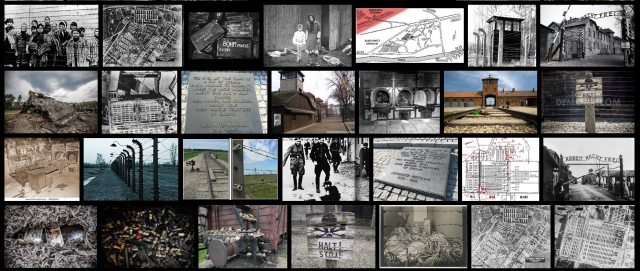
People put in concentration camps to eradicate them. – Inhuman conditions which should be remembered at all times and taken care of that that can not happen again. – Auschwitz Konzentrationslager – Het opsluiten van mensen in concentratiekampen om ze uit te roeien. – Onmenselijke omstandigheden die moeten worden herinnerd te allen tijde en waarvoor moet gezorgd worden dat zulke zaken niet opnieuw kunnen gebeuren.
70 years release – commemoration Auschwitz • NPO 1 15.00
Andere Tijden (Other times) • NPO 2 • 21.20
Night will fall • NPO 2 • 23.00
On 27 January 1945, today exact 70 years, the concentration camp of Auschwitz-Birkenau was delivered by the Russian army. More than one million people were assassinated during the second world war by the nazi’s.
The Dutch Public Broadcasting Company NPO 1 brings a life-screening from 3pm until 6pm of the commemoration ceremony in the former concentration camp, which is attended by several state leaders from all Europe.
At 9.20pm follows on NPO 2 Andere Tijden surviving dependants of victims during their visit to Auschwitz.
During World War II were in this concentration camp more than a million people killed including over 60,000 Dutch. Seventy years later, still no one enters to experience the site of the former death camp without a punch of history. For some visitors, the place additional is loaded because of parents or family were killed. Increasingly second or third generation victims of the war camp visit it to see for them-self how this place has beaten holes in their family history. Other times, Tuesday Jan 27. 21.20 NPO2. (Repetition Saturday, January 31 10:05 am.)
On BBC2 a little bit of attention is given a 7pm local time (8pm continental time) with a review of the commemoration ceremony and at 9pm local time (10pm continental time) Touched by Auschitz, by Laurence Rees lets six survivors tell their story over Auschwitz.
For 23.00 Night Will Fail is programmed by NPO2, a war documentary never earlier shown which topdirector Alfred Hitchcock in 1945 made together with producer Sidney Bernstein concerning the German concentration camps, them using pictures filmed by British soldiers during the release of the concentration camp of Bergen-Belsen.
It is striking that the ARD, ZDF nor the WDR, the German public broadcasters really give not any attention at all to that black page that is inflicted on humanity by their own people.
°
°
Dutch version / Nederlandse versie: Zwarte bladzijde 70 jaar bevrijding – Herdenking Auschwitz
Plus read: January 27 – 70 years ago Not an end yet to genocide
+++
Related articles
- Auschwitz 70th anniversary: TV documentaries commemorate liberation of Nazi concentration camp (mirror.co.uk)
Getty

Horror: Survivor children in the concentration camp Auschwitz-Birkenau after the liberation To mark seven decades since Allied forces liberated Auschwitz- Birkenau in 1945 , the main channels are broadcasting a series of special shows
Holocaust Night Will Fall, Channel 4, Saturday, 9pm
As the Allied forces liberated the Nazi concentration camps in January 1945, cameramen filmed the horrifying scenes they encountered.
The footage was so disturbing that the plan for it to be made into a full-length documentary – with Alfred Hitchcock as an adviser – was shelved at the time.
Now it is to be shown for the first time.
- Video: Aerial video of Auschwitz-Birkenau (bbc.co.uk)
Drone video shows the Auschwitz-Birkenau concentration camp as it is today – 70 years after it was liberated by Soviet troops. The camp in Poland is now maintained as a World Heritage Site and is visited by thousands of tourists and survivors every year. - World still haunted by fate of Holocaust victims (famagusta-gazette.com)
The world continues to be haunted by the fate of the millions of Jewish men, women and children who suffered and were killed in the Holocaust.The UN Human Rights chief made the remarks on the International Day of Commemoration in Memory of the Victims of the Holocaust observed annually on 27 January. - Watch “Night Will Fall” about Nazi Atrocities During the Holocaust (drrichswier.com)
On January 27, 1945 forward units of the 100th Rifle Division of the 1st Ukrainian Front entered the Auschwitz Birkenau death camp precinct liberating several thousand remaining survivors. More than 1.1 million were murdered there by the Nazi SS, 1 million of them Jews. Among the first groups they encountered in the remaining barracks were children, twins, victims of the ‘angel of death, Dr. Josef Mengele’s sadistic medical experiments. The Russian troopers in their white camouflage coats hugged and gave them chocolate. These Jewish children hadn’t felt any humane treatment during their enforced incarceration in Auschwitz.Earlier in January 1945 the SS blew up the remaining crematoria. An earlier one was destroyed in the lone heroic resistance effort by Jews inside the camp in October 1944 with dynamite secured by Jewish women inmates. The SS guards assembled more than 60,000 camp inmates in January 1945 who sent on a forced death march from which only 12,000 survived. One of the survivors of that death march was the Nobel Laureate Eli Wiesel who as a youth of 16 was eventually liberated by the US Army at Buchenwald in April 1945. Another Nobel Prize winner and Holocaust survivor was Italian Jewish resistance fighter, chemist and author Primo Levi who received his Nobel award for Literature, posthumously in 2002. Levi fell to his death in his family home in Turin in 1987, some say depressed by the atrocities he had witnessed. Wiesel’s biographic works about his experience at Auschwitz the forced march and liberation were memorialized in his trilogy Night, Dawn and Day. Levi’s Survival in Auschwitz: if this is a Man was testimony to the Nazi dehumanization and perseverance to survive and return home. Another 5 million Jews didn’t survive. They were murdered in unspeakable ways in the einstazgruppen slaughter in Russia, death camps in Germany and occupied Europe. Their fate in the Final Solution was ratified by the SS at the Wansee Conference in Berlin on January 20, 1942.
Another 5 million Jews didn’t survive. They were murdered in unspeakable ways in the einstazgruppen slaughter in Russia, death camps in Germany and occupied Europe. Their fate in the Final Solution was ratified by the SS at the Wansee Conference in Berlin on January 20, 1942. - Remembering Auschwitz: 70 Years After Liberation (27 photos) (theatlantic.com)
Tuesday is International Holocaust Remembrance Day, marking the passage of 70 years since the January 27, 1945, liberation of Auschwitz by Soviet soldiers. Auschwitz was a network of concentration camps built and operated in occupied Poland by Nazi Germany during the Second World War. Auschwitz I and nearby Auschwitz II-Birkenau were the extermination camps where an estimated 1.1 million people—mostly Jews from across Europe, but also political opponents, prisoners of war, homosexuals, and Roma—were killed in gas chambers or by systematic starvation, forced labor, disease, or medical experiments. About 200,000 camp inmates survived the ordeal. On Tuesday, a number of heads of states and aging survivors will attend a ceremony marking the 70th anniversary at the site in Poland, now maintained as a museum and memorial. - People everywhere must unite to build a world of inclusion and mutual respect (en.a1plus.am)
UN Secretary-General Ban Ki-moon has issued a message on the occasion of the International Day of Commemoration in memory of the victims of the Holocaust.
“Seventy years ago today, allied forces liberated Auschwitz Birkenau, the German Nazi Concentration and Extermination Camp.
More than a million inmates, primarily Jews, were brutally and systematically killed in the place where the Nazis introduced the monstrous concept of “industrialized murder”. Among the other victims were non-Jewish Poles, political prisoners, Soviet prisoners of war, Sinti and Roma, homosexuals, disabled persons and Jehovah’s witnesses.
Unprecedented in human history, this mass killing was motivated by the perverse, race-based ideology of the Nazis, who sought to track down and kill every last Jew and any others they considered to be inferior.
Humankind united to overcome the Nazi menace. Today, we are being tested again. Minorities everywhere often face bigotry. Sectarian tensions and other forms of intolerance are on the rise. Anti-Semitic attacks continue, with Jews being killed solely because they are Jews. Vulnerable communities around the world continue to bury their dead while living in fear of further violence.
- Turning ‘never again’ into action: the legacy of Rabbi Harold M. Schulweis (jewishjournal.com)
70 years ago this week, the Auschwitz-Birkenau death camp was liberated. From the ashes of the murdered arose the words “Never Again” – spoken as shorthand for our collective responsibility to act in the face of genocide. However, on the world stage, the words “Never Again” soon were replaced by a reality of “Yet Again”, as the horrors of the Holocaust were followed by genocide after genocide, atrocity after atrocity – from Cambodia to Rwanda, from Darfur to Congo. Since 1945, 46 genocides have claimed the lives of tens of millions.
+
In 2004, at 80-years-old, Rabbi Schulweis founded an organization – a movement – that has become one of America’s largest and loudest anti-genocide groups. In the decade since that Rosh Hashanah, Jewish World Watch has been at the forefront of advocacy efforts that helped to bring about pressure to end the genocide in Darfur, drive the most lethal militias out of Congo, and create broad awareness among governments and global corporations about the threat of emerging genocides around the world.We’ve raised many millions of dollars for projects to aid more than 500,000 survivors of genocide and mass atrocities – from educational programs that allow former sex slaves and rape victims in Congo to reclaim their futures; to Solar Cookers, a simple invention that has dramatically improved the safety of Darfuri refugees, allowing women and girls to avoid the frequent assaults that result from leaving their refugee camps to search for firewood. - Film on infamous Jewish ghetto shown at UBC to commemorate 70th anniversary of Auschwitz liberation (theprovince.com)
To commemorate the 70th anniversary of the liberation of the infamous German Nazi concentration and extermination camp Auschwitz Birkenau, the Polish consulate in Vancouver is presenting the documentary “Photographer” at UBC next week.The 1998 film directed by Dariusz Jablonski examines the life of the Jewish population and their German Nazi overseers in the Lódz ghetto.Auschwitz was where many in the Jewish ghetto would be sent to die. In 1987, Jablonski unearthed several hundred colour slides of scenes from Lódz during the Second World War in a second-hand bookstore in Vienna.The photos were taken by Walter Genewein, an Austrian working for the Nazis as an accountant on the ghetto council, who was trying to document the Nazis’ “achievements.” - 1.5 million visitors to Auschwitz museum in ’14 sets mark (jta.org)
More than 1.5 million people visited the former Auschwitz concentration camp in 2014, setting a record.It was the highest attendance ever at the Auschwitz-Birkenau memorial in Poland, according to its museum.“The Auschwitz-Birkenau Memorial has become the world’s symbol of the Holocaust and the crimes of World War II,” said Dr. Piotr Cywinski, director of the Auschwitz Memorial. “Without the reference to the history of this place, it would be hard for new generations to understand our reality and challenges of the contemporary world.” - Beautiful And Dramatic Portraits Of Holocaust Survivors (buzzfeed.com)
About 1.5 million people, most of them Jews, were killed at the Nazi camp, which has became a symbol of the horrors of the Holocaust and World War II, this ravaged Europe. The camp was liberated by Soviet Red Army troops on Jan. 27, 1945, and about 200,000 camp inmates survived.
Here are some of the brave survivors of the Auschwitz death camp…


















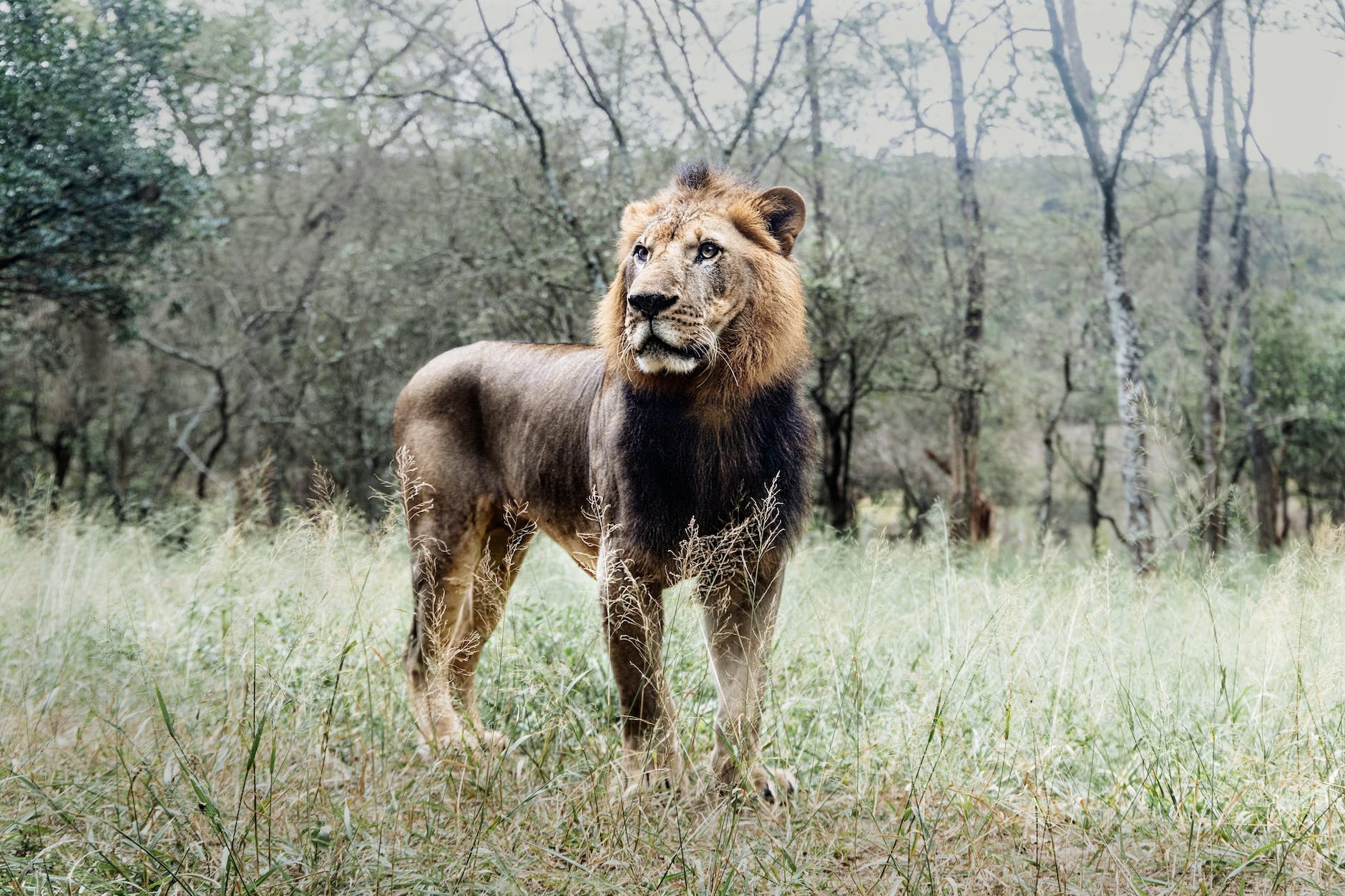
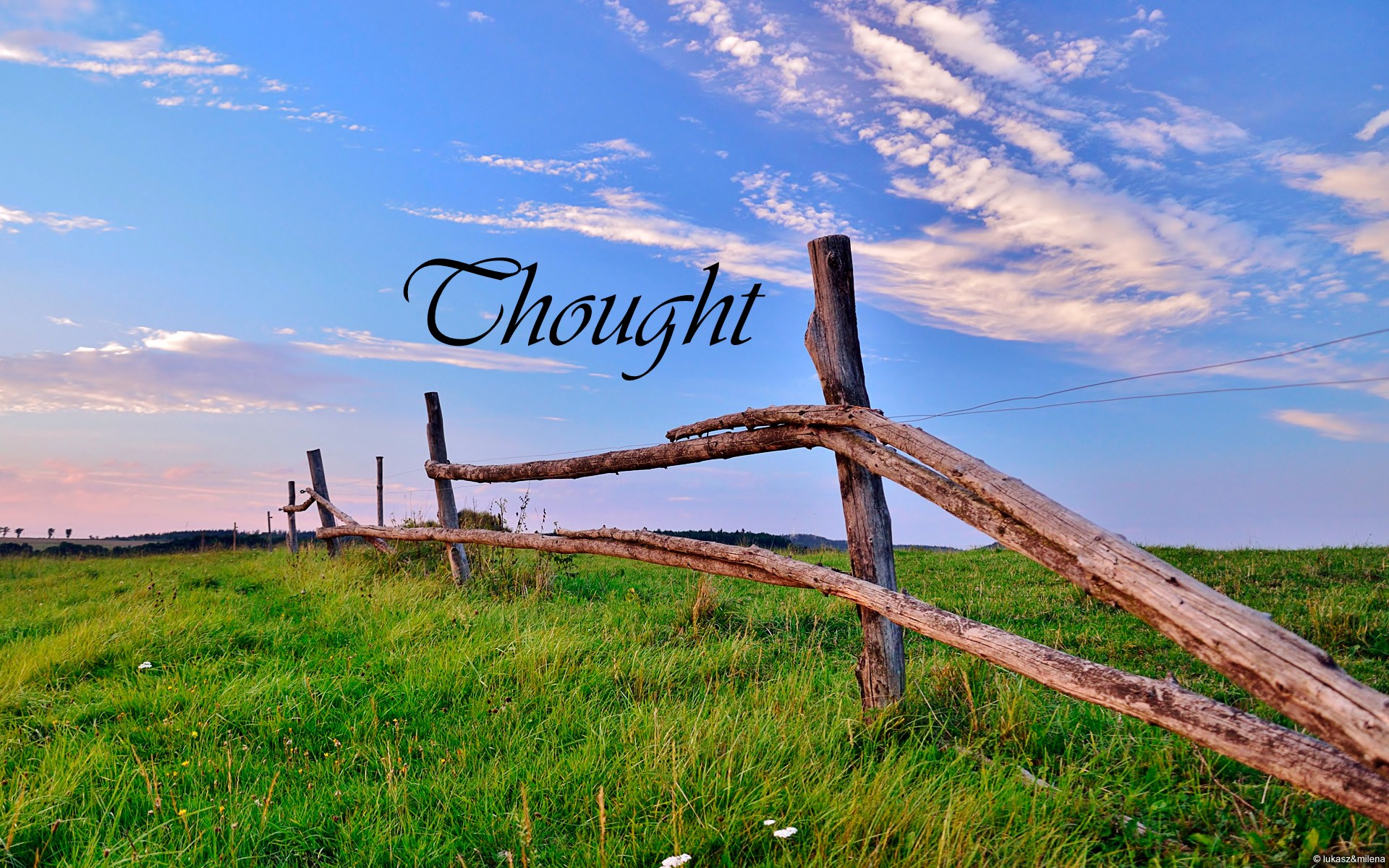
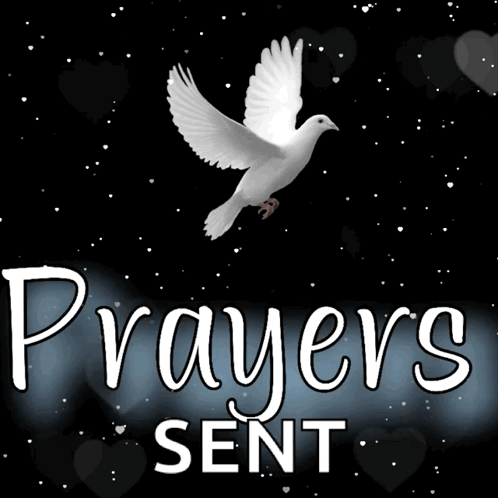

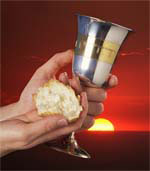

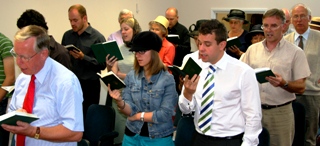

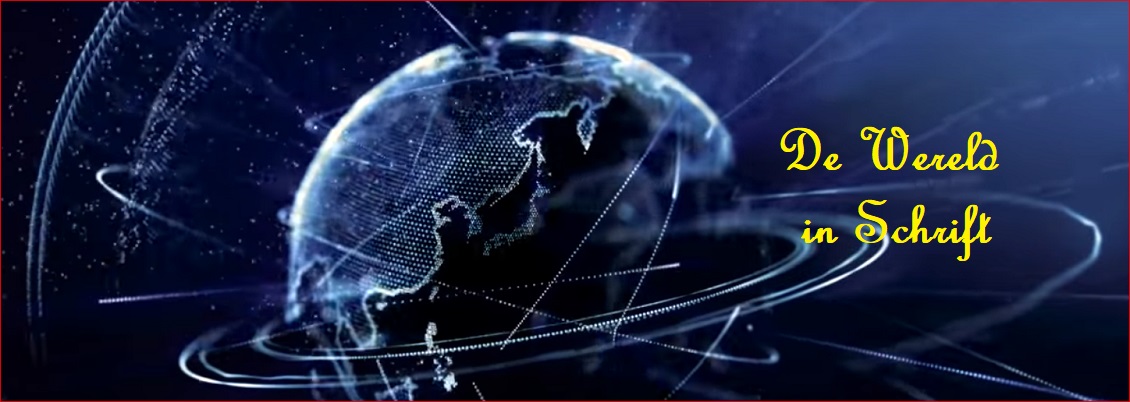




 Biblestudents – Bijbelstudenten
Biblestudents – Bijbelstudenten 0 + Bloggers for Peace
0 + Bloggers for Peace Free Christadelphian Ecclesia
Free Christadelphian Ecclesia Hoop tot Leven – Redding in Christus
Hoop tot Leven – Redding in Christus Vrije Broeders in Christus (Free Flemish Christadelphians on Wordpress)
Vrije Broeders in Christus (Free Flemish Christadelphians on Wordpress)















Pingback: World remembers Auschwitz survivors | Marcus Ampe's Space
Reblogged this on hungarywolf.
LikeLike
Pingback: 75th anniversary of the liberation of Auschwitz – Immanuel Verbondskind – עמנואל קאָווענאַנט קינד
Pingback: Seventy-five years ago on January 27 – Jeshuaisten / Jeshuaists
Pingback: Polish commemoration of the liberation of the concentration and extermination camp Auschwitz-Birkenau | Marcus Ampe's Space
Pingback: Is it really true that Anti-Semitism will never be tolerated? | Marcus Ampe's Space
Pingback: 5th World Holocaust Forum – Immanuel Verbondskind – עמנואל קאָווענאַנט קינד
Pingback: Dedication ceremony for a memorial at Jerusalem’s Sachar Park in honour of the casualties of the Siege of Leningrad – Immanuel Verbondskind – עמנואל קאָווענאַנט קינד
Pingback: What’s the Future of Holocaust Remembrance? – Immanuel Verbondskind – עמנואל קאָווענאַנט קינד
Pingback: 75 years after Auschwitz – Holocaust Education and Remembrance for Global Justice – Immanuel Verbondskind – עמנואל קאָווענאַנט קינד
Pingback: Auschwitz survivors providing a warning of rising anti-Semitism and exclusion of free thinking | Marcus Ampe's Space
Pingback: How a British ‘Master Spy’ Saved Thousands of Jews in the Holocaust | From guestwriters
Pingback: Oswiecim | From guestwriters
Pingback: United States of America once more showing how it wants to Distort Historical Facts and Truth | Marcus Ampe's Space
Pingback: An Anniversary forgotten | From guestwriters
Pingback: By the commemoration of the liberation of the Auschwitz-Birkenau camp #2 Holocaust deniers and twisters of the truth – Some View on the World
Pingback: Yom HaShoah and International Holocaust Memorial Day – Immanuel Verbondskind – עמנואל קאָווענאַנט קינד